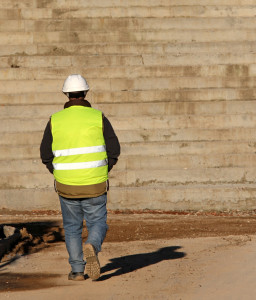Out of Site, Never Out of Mind: Lone Worker Best Practices
All by myself, don’t want to be all by myself, ANYMOREEEE! What a great song and what a great way to sum up #loneworkerproblems. While working alone isn’t necessarily a bad thing, not having the proper communication systems in place to make sure your lone workers are safe is.
What is a Lone Worker
Workers don’t necessarily have to be working outside of your facility to be considered “lone workers”. A lone worker is anyone who works out of direct contact with others for a period of time whether it be just down the hall in a different part of the same building or out on the road. Also, just because a worker is doing a task that doesn’t make them a “lone worker” one day doesn’t mean they can’t be one the next and vice versa.
Assessing Lone Worker Situations
Before a worker is scheduled to work alone on a project where they will be out of contact for a period of time, assess the situation and the level of danger associated with it to then determine necessary safety procedures.
Consider the:
- Length of time the person will be working alone
- Type of work
- Location of the work
- Expertise required to complete the work
- Available communication
Lone Worker Safety Precautions
Lone workers tasks can vary greatly which will require specific precautions based on task however some general rules of thumb for workers who will be “away from the herd” include:
- Establishing a check- in process
- Scheduling high-risk tasks during normal hours when other workers are available to help should an emergency take place
- Prepare an itinerary detailing where the lone worker will be and when
- Develop an emergency action plan if a lone worker does not check-in as scheduled

